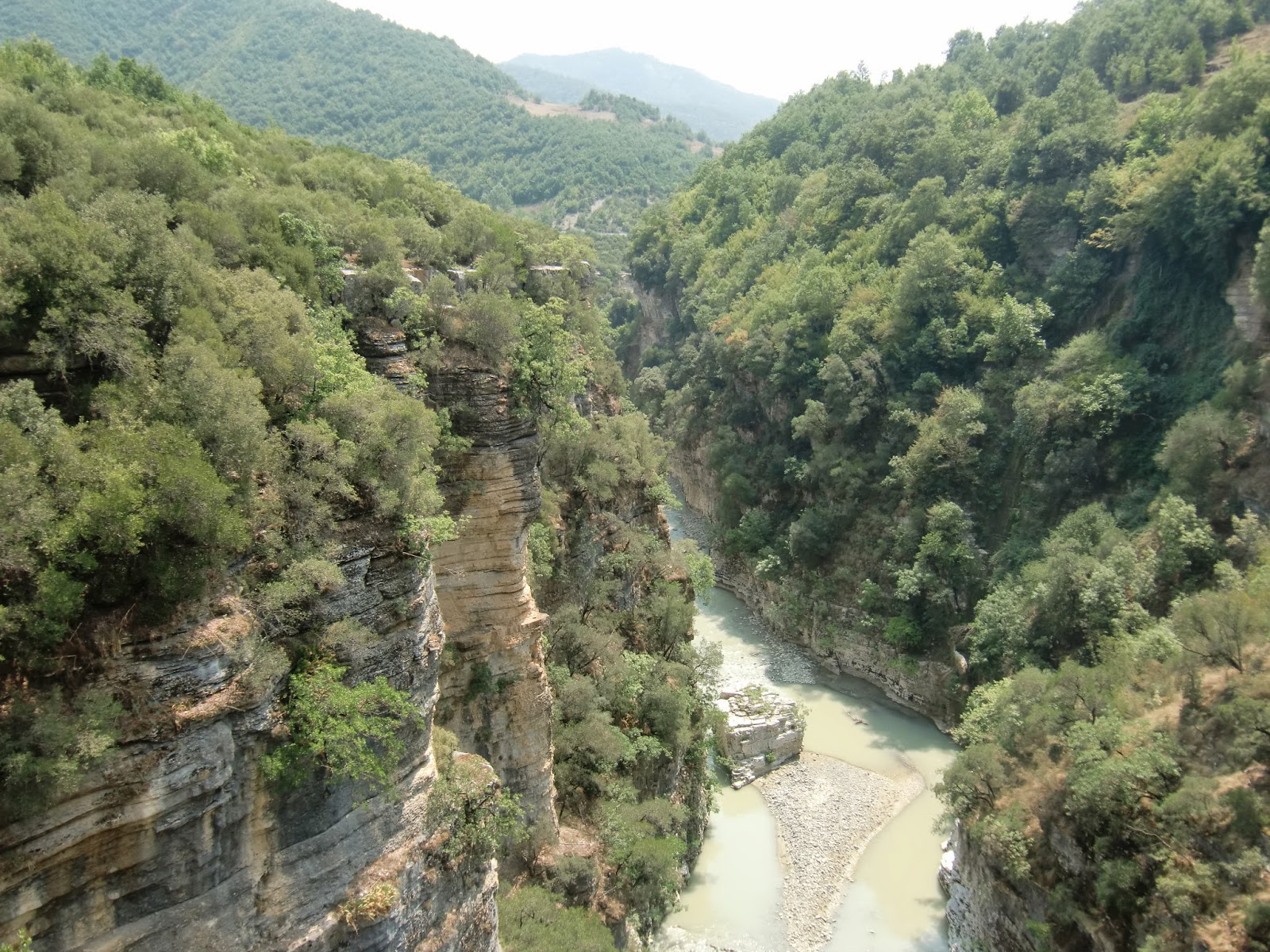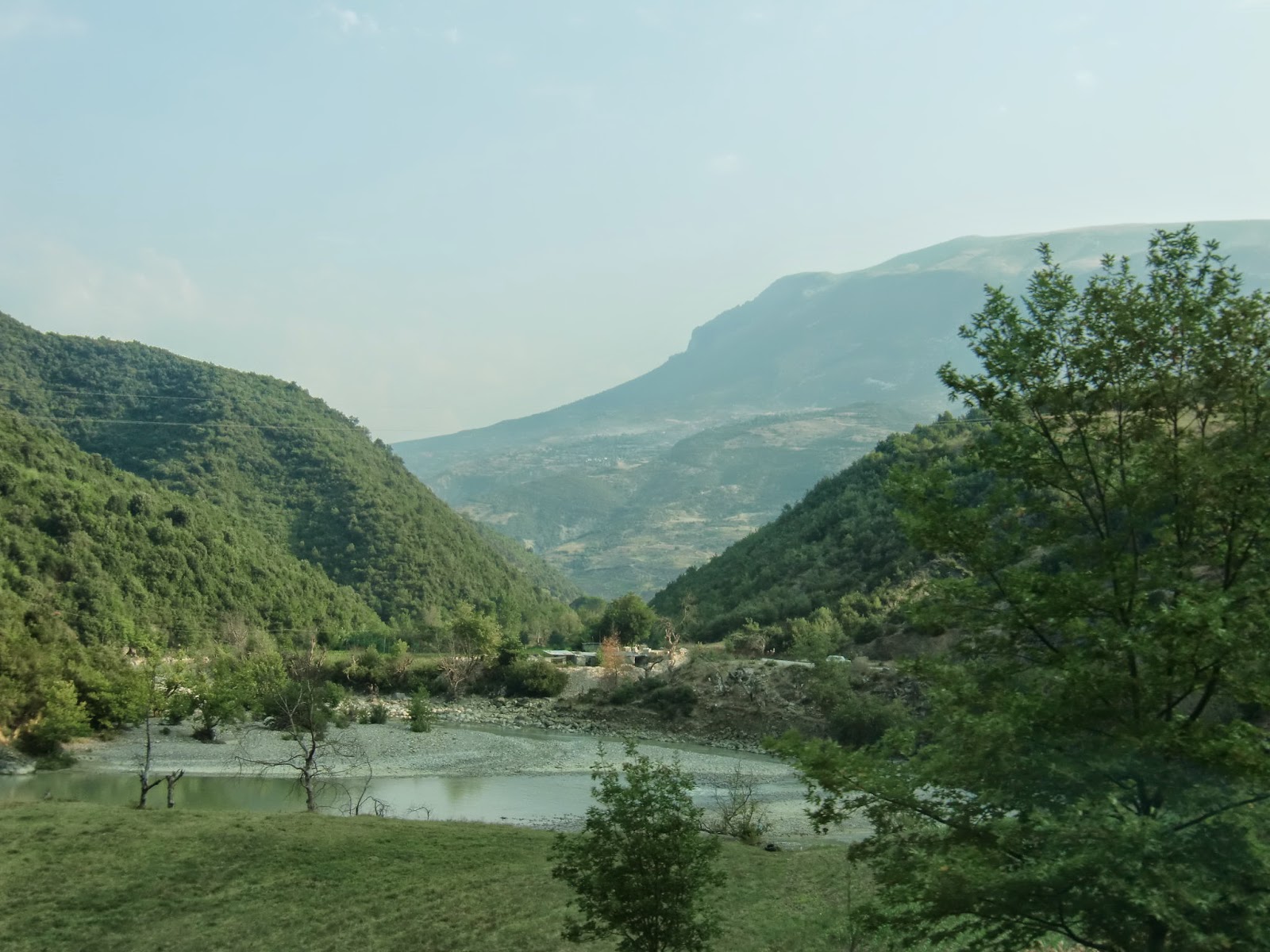Dank dreier Blödmänner, diskutieren aktuell Millionen ob man über Religion Witze machen darf.
Dazu sage ich ganz klar Ja!
Satire war schon immer kontrovers, hat unsere Welt aber gerade deswegen verändert. Ein Beispiel: Diese Karikatur von
A. Paul Weber
erschien 1931. Sie findet heute niemand mehr kontrovers. Als sie 1931 erschien, haben sich jedoch Zigtausende darüber empört.
Für politische Satire wurden und werden seit Jahrhunderten Menschen hingerichtet und dennoch hat Satire überlebt, denn der Mensch hat ein Bedürfnis danach. Vor allem in Zeiten von Zensur war und ist Satire die Möglichkeit, dass jemand Dinge anspricht, die man sich selbst nicht zu sagen traut. Die älteren Ostdeutschen erinnern sich beispielsweise noch an
O.F. Weidlings legendären Auftritt zur Einweihung des Friedrichstadt-Palastes bei der er vor der komplett versammelten DDR-Führungsriege mal
richtig vom Leder gezogen hat - und dafür praktisch Berufsverbot erhielt. Die DDR-Führung fühlte sich also persönlich verletzt und machte somit allen Anderen klar: Wer über uns Satire macht, bekommt ordentlich Ärger! Und dennoch wurden fleißig Witze über das System gemacht und heute gibt es dieses System nicht mehr.
In der aktuellen Diskussion höre ich oft die Argumentation, dass man sich ja nicht wundern darf, wenn man Dinge macht, die anderen nicht gefallen. Das ist, Entschuldigung, ein ziemlich dämliches Argument. Welchem Politiker gefallen Karikaturen über sich? Gefällt es mir, dass ich mir ständig Witze über meine Glatze anhören darf? Das gehört zum Leben nun mal dazu. Egal was man macht, bei Milliarden Menschen auf der Erde wird sich immer jemand finden, dem etwas nicht gefällt. Aber wem es nicht gefällt, kann ja weghören oder-sehen. Niemand wird gezwungen sich eine Satirezeitschrift zu kaufen. Es muss auch keiner im Fernsehen oder Internet Satiresendungen ansehen.
Als weiteres Argument höre ich oft, dass politische Satire OK ist aber das ja etwas ganz anderes als religiöse Satire ist. In vielen Ländern dieser Erde ist jedoch Religion und Politik nicht getrennt. Macht man beispielsweise darüber Satire, dass man in Israel nicht
nicht einfach heiraten und sich scheiden lassen kann, macht man auch Satire über die Auslegung der jüdischen Religion. (In Deutschland war es vor dem
Kulturkampf nicht anders und heute ist es normal, dass man zum Heiraten nicht religiös sein muss.)
"Aber man kann doch nicht religiöse Gefühle verletzen!" werden jetzt viele einwenden. Was ist eigentlich ein religiöses Gefühl? Angenommen ich stamme aus einem sehr buddhistischen Elternhaus würde mich vielleicht diese Karikatur verletzen:
Für einen überzeugten Katholiken war diese Karikatur von 1898 sicher auch religiös verletzend:
 |
| "Madame La France, die in der
letzten Zeit so unglaublich viel Verdruss gehabt hat, erlebt wieder einmal eine
Freude, indem ein freilich schon alter Verehrer ihr eine kleine Aufmerksamkeit
erweist"; Bildquelle |
"Die Beispiele sind doch harmlos", könnte man meinen. Doch wer legt das fest? Ein "religiöses Gefühl" ist extrem subjektiv und zudem in jeder Gesellschaft und jedem Land verschieden. Von keinem Menschen die religiösen Gefühle zu verletzen ist so unmöglich wie es allen Recht zu tun, denn Religion wird von jedem anders empfunden und ausgelegt. So steht nirgendwo im Koran, dass man Mohammed nicht bildlich darstellen darf. Früher waren Darstellungen von Mohammed so normal wie es früher normal war, dass Päpste Kinder haben. Hier ein Beispiel aus Afghanistan von 1436:
Wie man sieht, ändern sich religiöse Ansichten mitunter gewaltig. Was früher keinen interessierte, kann heute ein Politikum sein und umgekehrt.
Es entstehen dadurch mitunter absurde Situationen. So wurde 2001 die South Park-Folge "
Super Best Friends" ausgestrahlt, in der die Hauptpersonen aller großen Religionen zusammen verhindern dass Mitglieder einer Sekte Selbstmord begehen. Es ist eine tolle Parabel, dass keine Religion der anderen vorzuziehen ist, dass alle zusammenarbeiten können und was Sekten von Religionen unterscheidet. Einige Jahre später wurde die Folge aus dem Internet entfernt, da sich auf einmal Leute religiös verletzt fühlten, denn einer der Freunde ist Mohammed. Den verletzten Leuten geht es also gar nicht um den Inhalt und es ist ihnen auch gar nicht aufgefallen, dass Mohammed als Held dargestellt ist. Wieso sind sie aber "verletzt"? Offensichtlich kann man das nicht beantworten. Das Beispiel zeigt, dass ein religiöses Gefühl ein
Totschlagargument ist. Wenn sich Leute aufregen wollen, kann man sie nicht daran hindern.
Humor kannte noch nie Grenzen. Aber es gibt eine Grenzen wenn etwas nicht mehr Humor ist: Einerseits wenn man Satire nicht ausweichen kann. Wenn man z.B. in einem Hindu-Tempel während einer Zeremonie nackt herumläuft, können die Leute nicht wegschauen und werden in ihrer Religionsausübung gestört. Andererseits wenn körperliche Gewalt angedroht wird. Gott, egal welchen Namens und in welcher Form und Religion will, dass die Menschen friedlich zusammenleben. Da Gott allmächtig ist, kann er selbst für Strafe sorgen, wenn er es für notwendig hält. Dass er Menschen, die andere bedrohen oder gar töten, angeblich belohnt, haben sich Menschen ausgedacht nicht er!
Wer mir da widerspricht verletzt übrigens meine religiösen Gefühle.


























































